
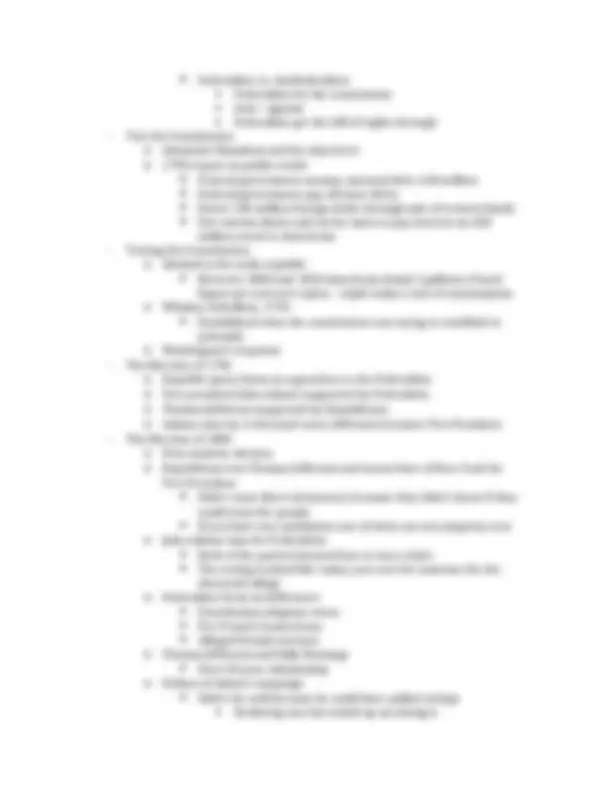
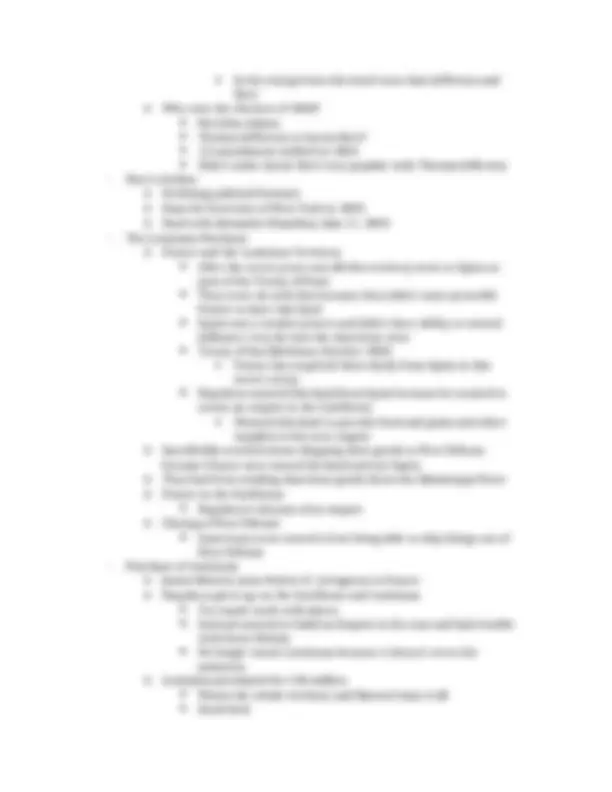
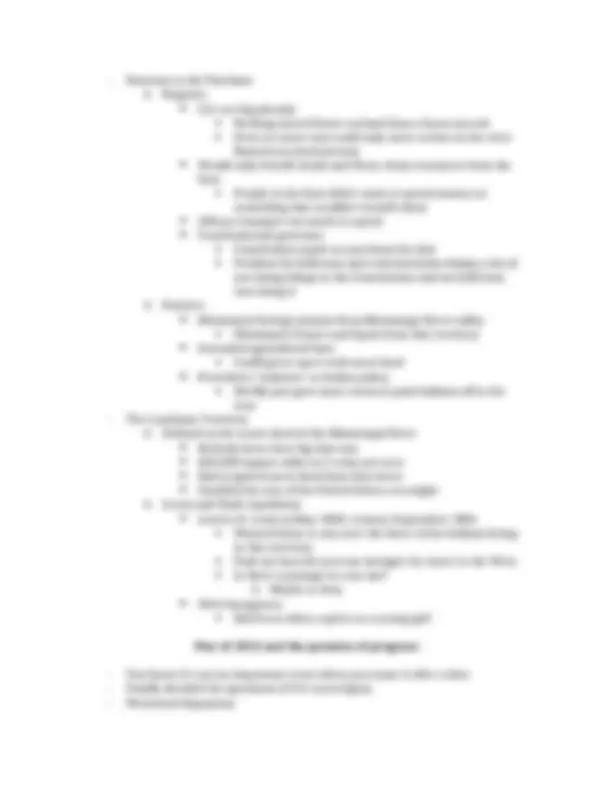
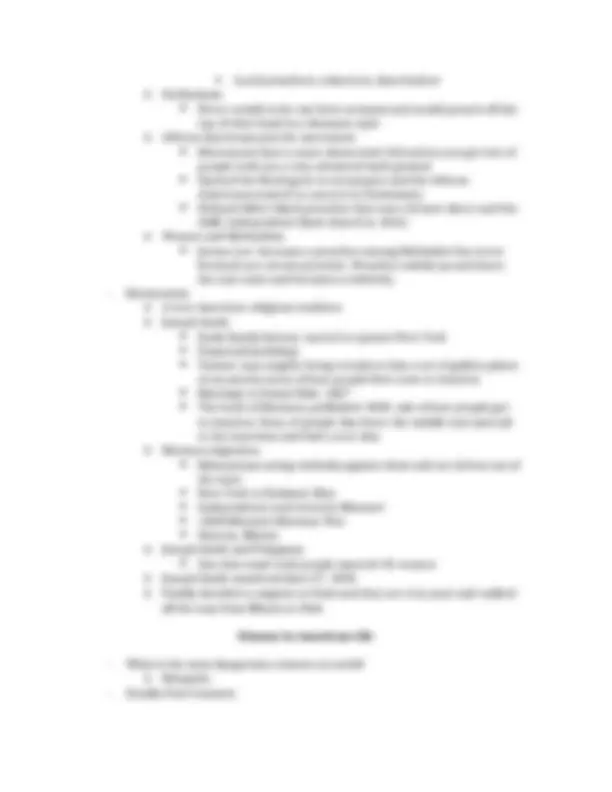
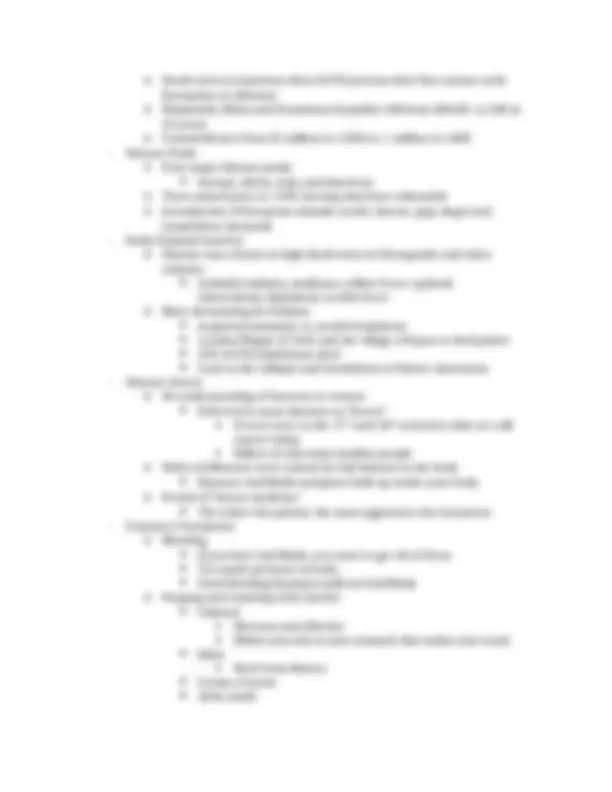
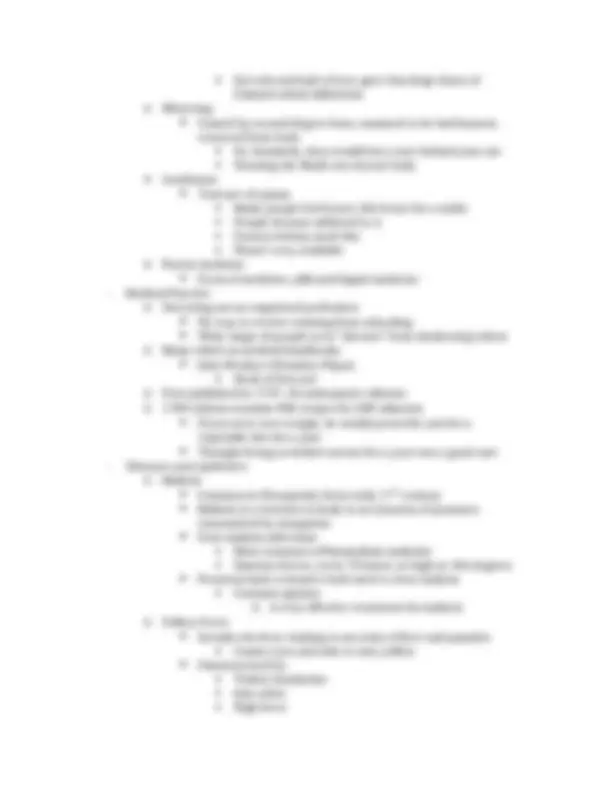
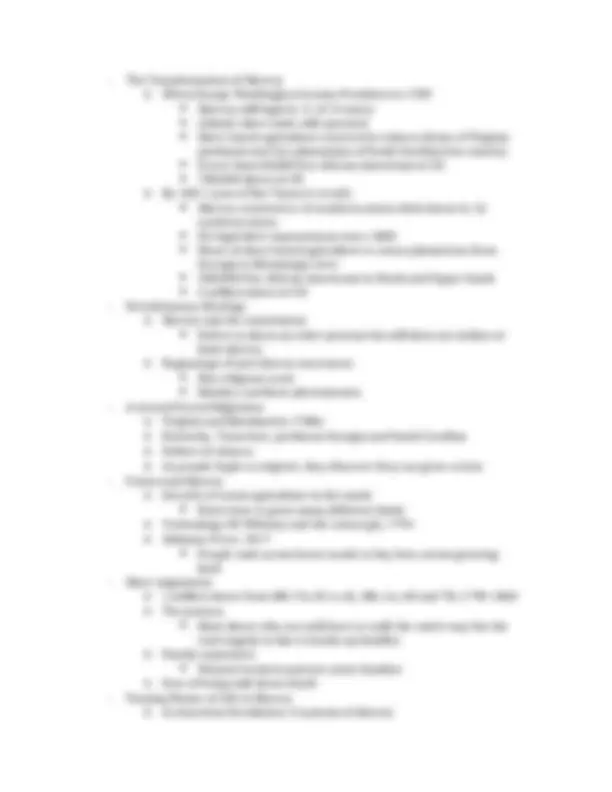
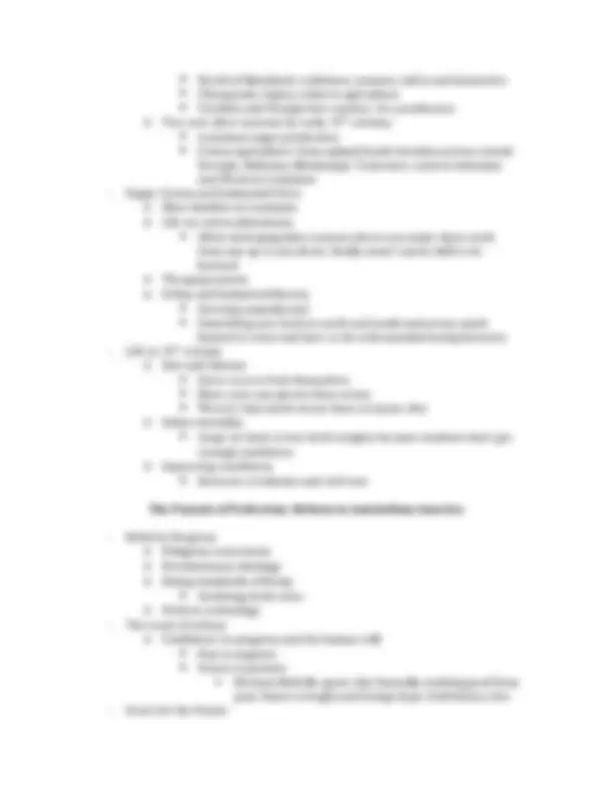
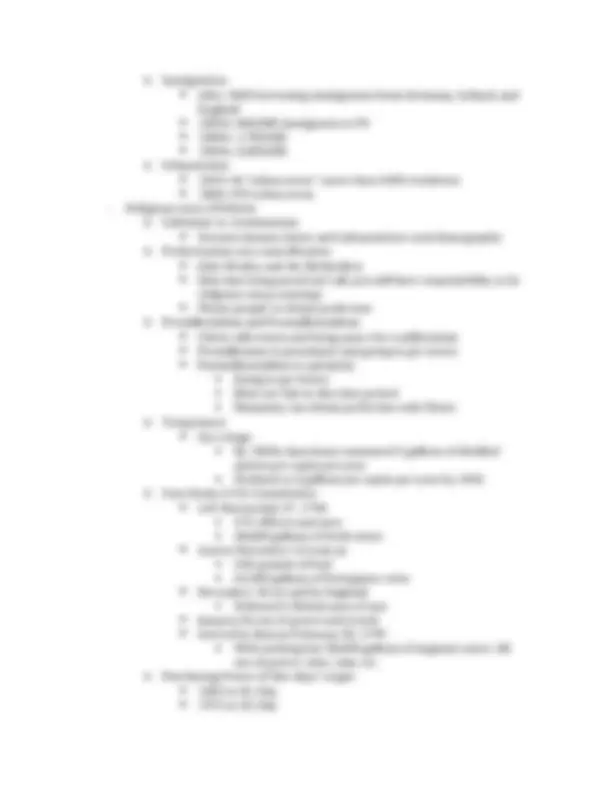

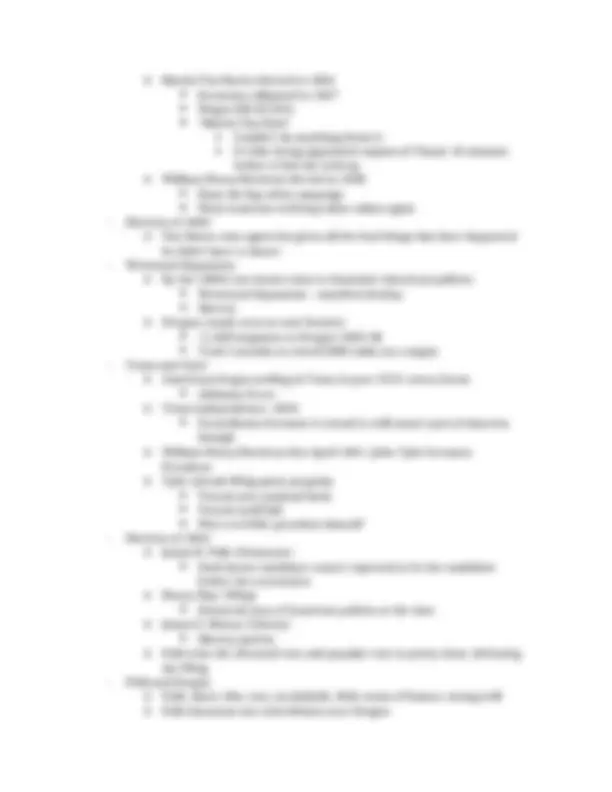
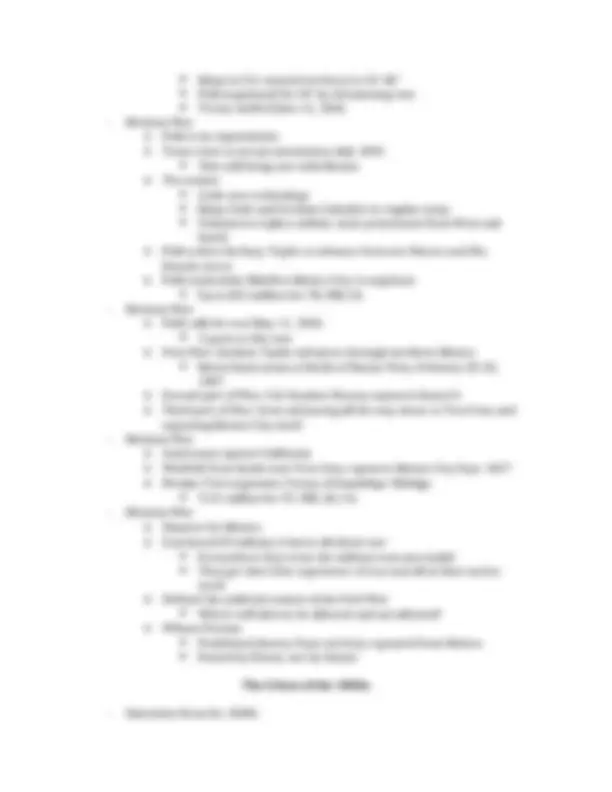
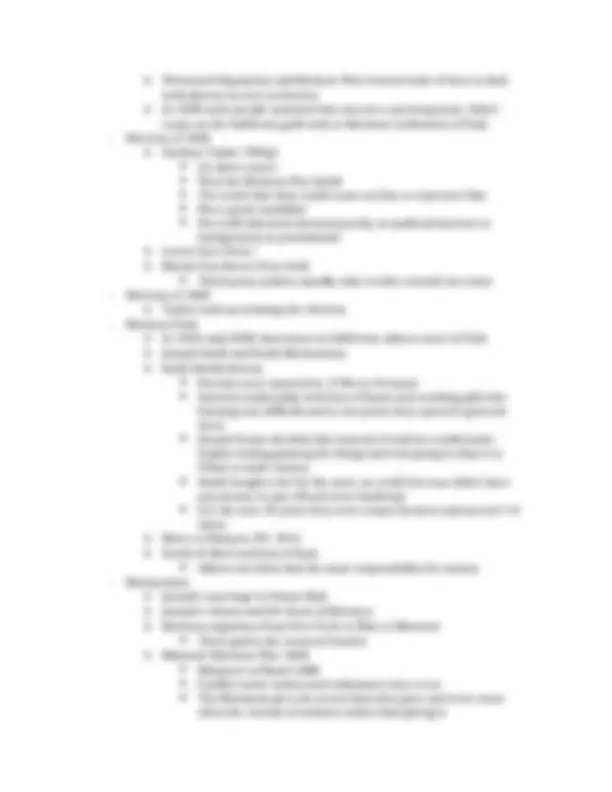
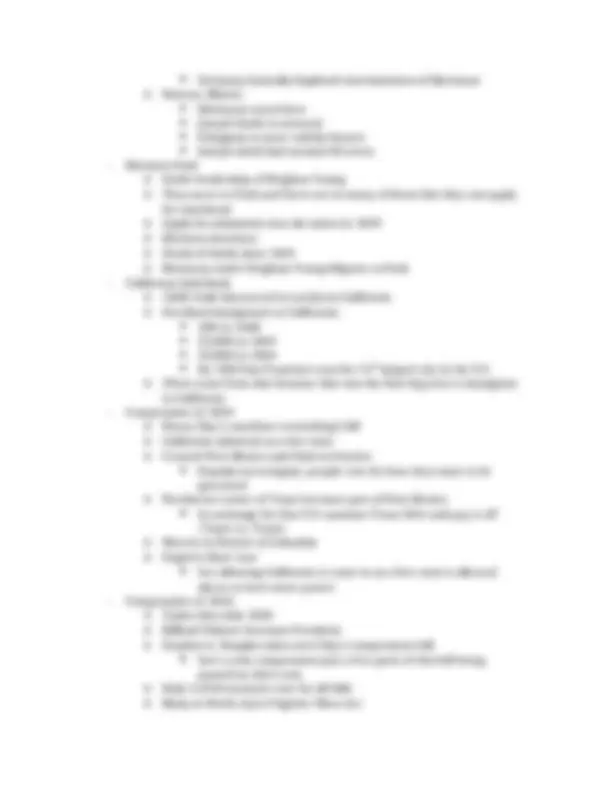
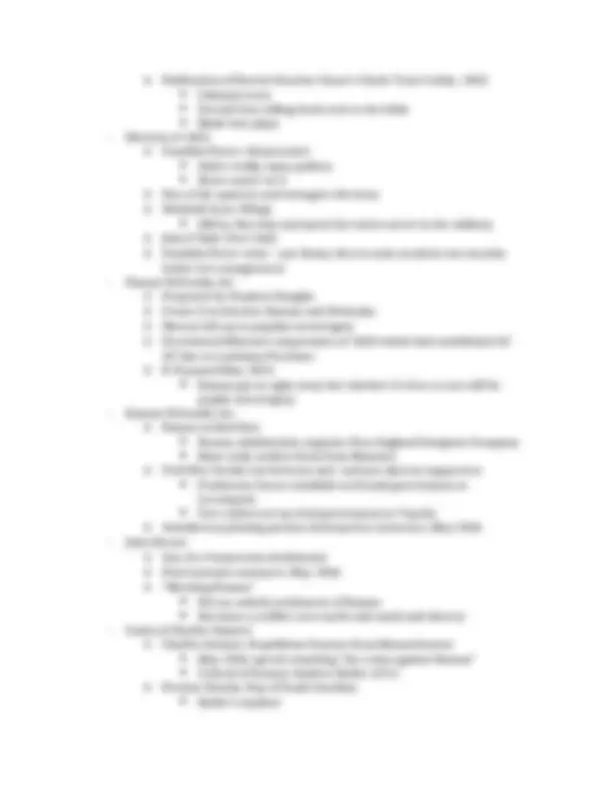
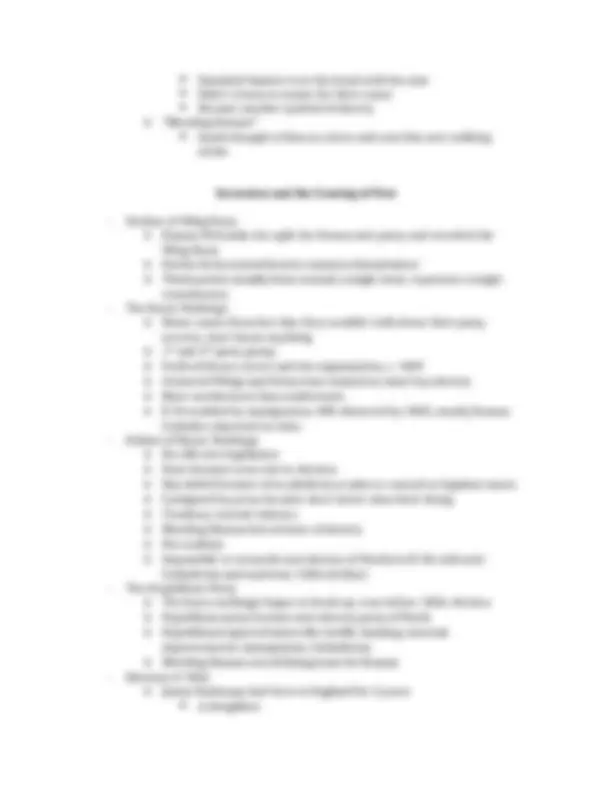
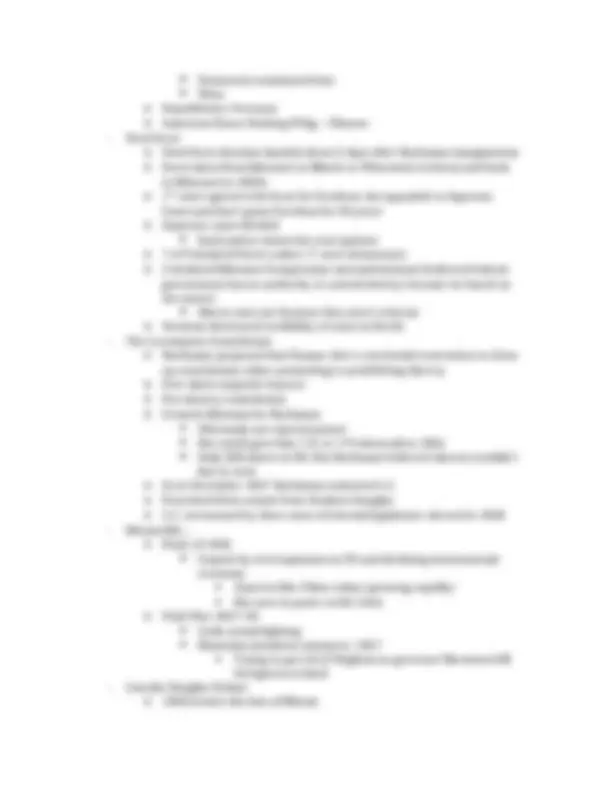
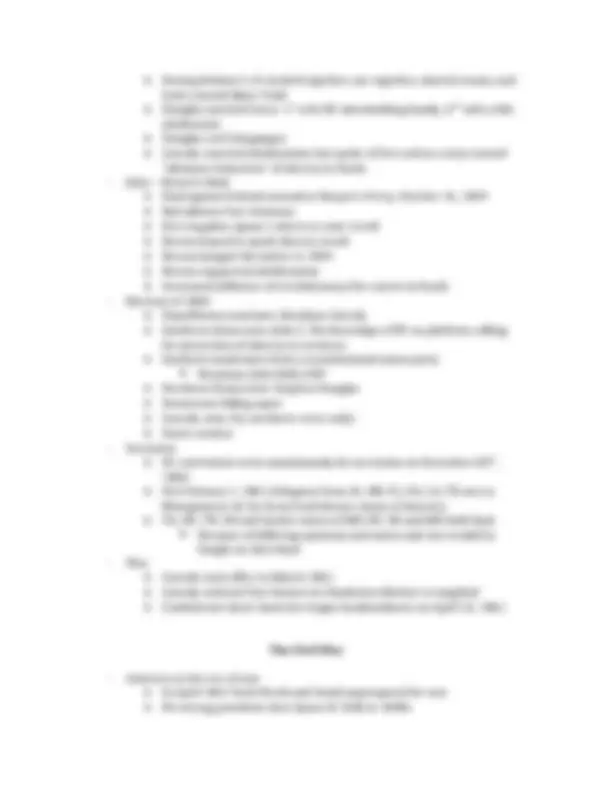
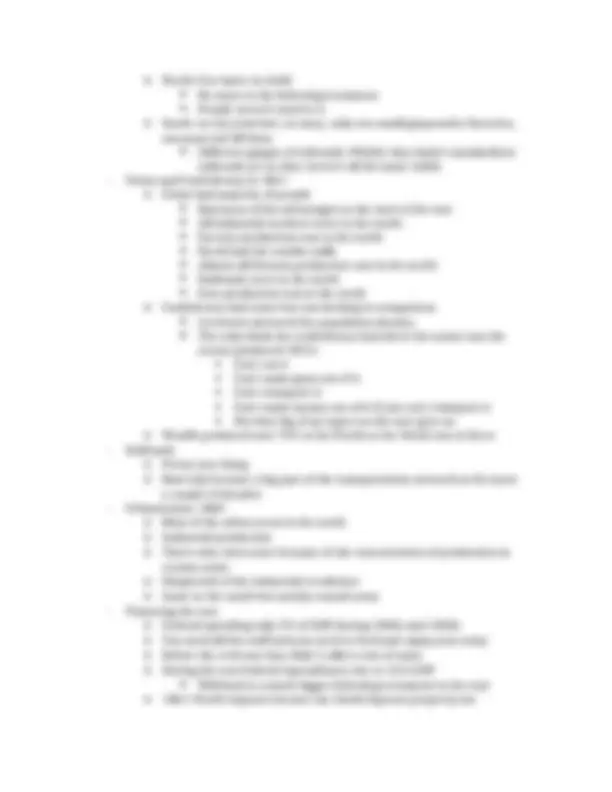
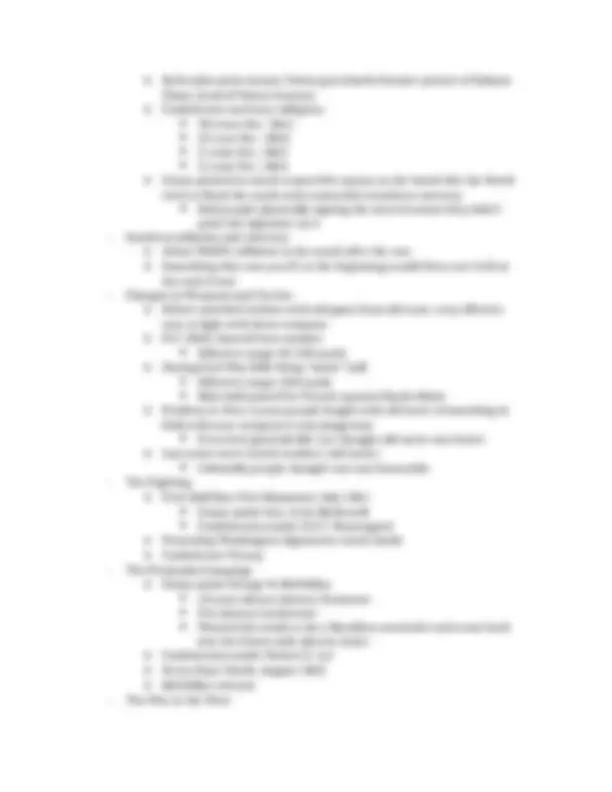
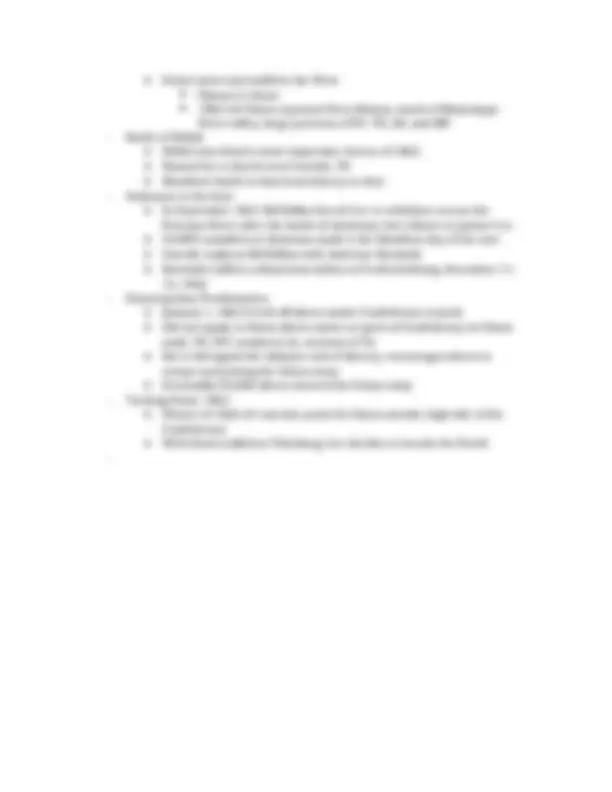


Study with the several resources on Docsity

Earn points by helping other students or get them with a premium plan


Prepare for your exams
Study with the several resources on Docsity

Earn points to download
Earn points by helping other students or get them with a premium plan
Community
Ask the community for help and clear up your study doubts
Discover the best universities in your country according to Docsity users
Free resources
Download our free guides on studying techniques, anxiety management strategies, and thesis advice from Docsity tutors
Notes after Midterm Material Type: Notes; Professor: Wigger; Class: Survey of American History to 1865; Subject: History; University: University of Missouri - Columbia; Term: Fall 2011;
Typology: Study notes
1 / 29

This page cannot be seen from the preview
Don't miss anything!






















Republican Experiments and the Constitution, 1776-
If they wanted to raise taxes and one state didn’t approve they couldn’t go through with it No executive branch No judicial branch Balance of power in favor of the states Weak form of national government Didn’t function all that well
In the end got less electoral votes than Jefferson and Burr o Who won the election of 1800? Not John Adams Thomas Jefferson or Aaron Burr? 12 amendment ratified in 1804 Didn’t make Aaron Burr very popular with Thomas Jefferson
Local preachers, exhorters, class leaders o Enthusiasm Never would write out their sermons and would preach off the top of their head in a dramatic style o African Americans join the movement Movements have a more democratic feel and so you get rise of people with not a very advanced back ground Opened the flood gates to acceptance and the African Americans started to convert to Christianity Richard Allen (black preacher that was a former slave) and the AME (independent black church in 1816) o Women and Methodism Jarena Lee: becomes a preacher among Methodist but never licensed as a circuit preacher. Preaches widely up and down the east coast and becomes a celebrity.
Got sick and had a fever, gave him large doses of Calomel which killed him o Blistering Caused by second degree burn; assumed to be bad humors removed from body Ex: headache, they would but a sore behind your ear Drawing the fluids out of your body o Laudanum Tincture of opium Made people feel better, felt better for a while People became addicted to it Francis Asbury used this Wasn’t very available o Patent medicine Form of medicine, pills and liquid medicine
Vomiting progressively tinged with blood until black Spread by Aedes
North of Maryland: craftsmen, seamen, valets and domestics Chesapeake region: tobacco agriculture Carolina and Georgia low country: rice production o Two new slave systems by early 19th^ century: Louisiana sugar production Cotton agriculture: from upland South Carolina across central Georgia, Alabama, Mississippi, Tennessee, eastern Arkansas and Western Louisiana
o Goals of early temperance (moderation) advocates Was to get people to drink moderately but people couldn’t Shift in 1830s to total abstinence Lyman Beecher and the American Temperance Union Led by imperial figures Washington Temperance Society Led by Workers o Abolitionism Antislavery movement by 1830 American Colonization Society, Founded 1816 Transport slaves back to Africa William Lloyd Garrison Begins publishing the Liberator, January 1, 1831 Immediate vs. gradual emancipation New England Anti Slavery Society, 1832; American Anti- Slavery Society in 1833 Other leaders: Theodore Dwight Werd, Frederick Douglas, Sojourner Truth, Charles Finney (Doerlin College) Proslavery reactions to abolitionism after 1830 in South Abolitionist Schism Garrison and Christian Anarchism The women Right’s Movement o Women’s Rights Angelina and Sarah Grimke Angelina said rights of slaves has made them better understand their own rights of women Redefining the “cult of domesticity” and Republican motherhood Katherine Beecher: said women could help them better raise children. People believed men dealt with public life, while women dealt with private life Both important roles but people challenged the limiting opportunities Seneca Falls meeting 1848 Organized by Elizabeth Cady Stanton and Lucretia Matt Adopted resolutions calling for sexual equality and women’s ability to vote o The Common School Movement 1800 only MA required free public schools By 1860 many more public schools but only 300 high schools in U.S. 1/3 being in New England Jacksonian Democracy: Politics
o Martin Van Buren elected in 1836 Economy collapsed in 1837 Wages fell 30-50% “Martin Van Ruin” Couldn’t do anything about it It’s like being appointed captain of Titanic 10 minutes before it hits the iceberg o William Henry Harrison elected in 1840 Runs the log cabin campaign Want someone with log cabin values again
Many in U.S. wanted territory to 54’ 40” Polk negotiated for 49’ by threatening war Treaty ratified June 15, 1846